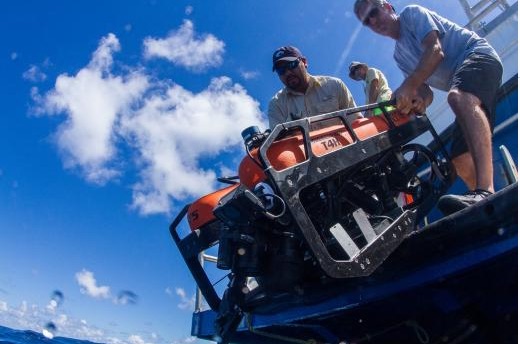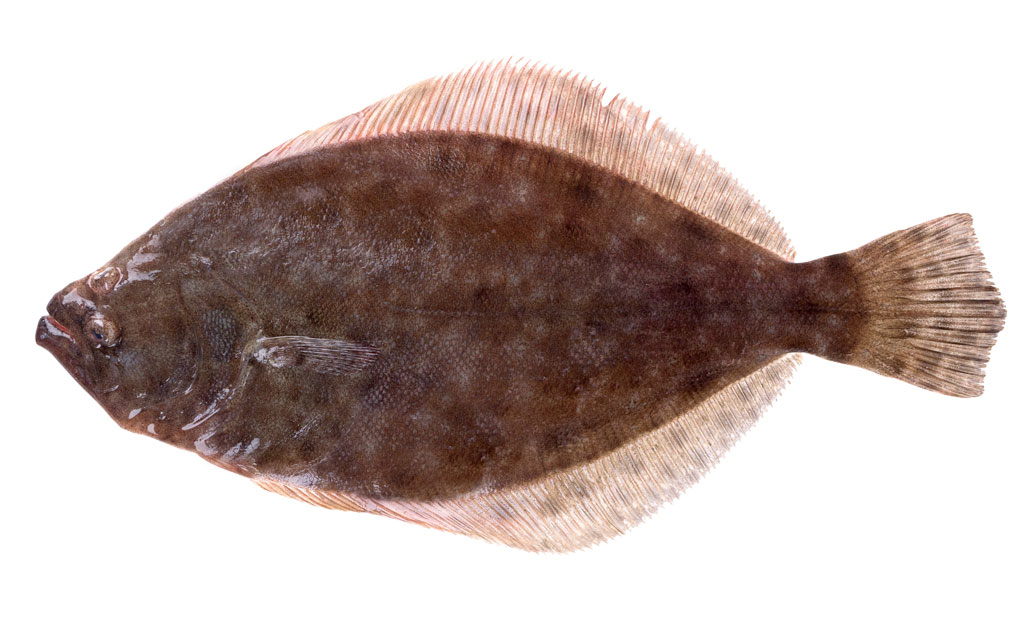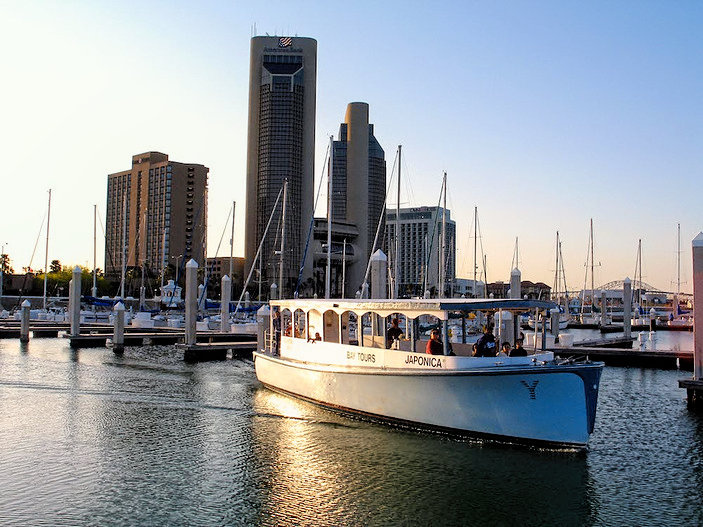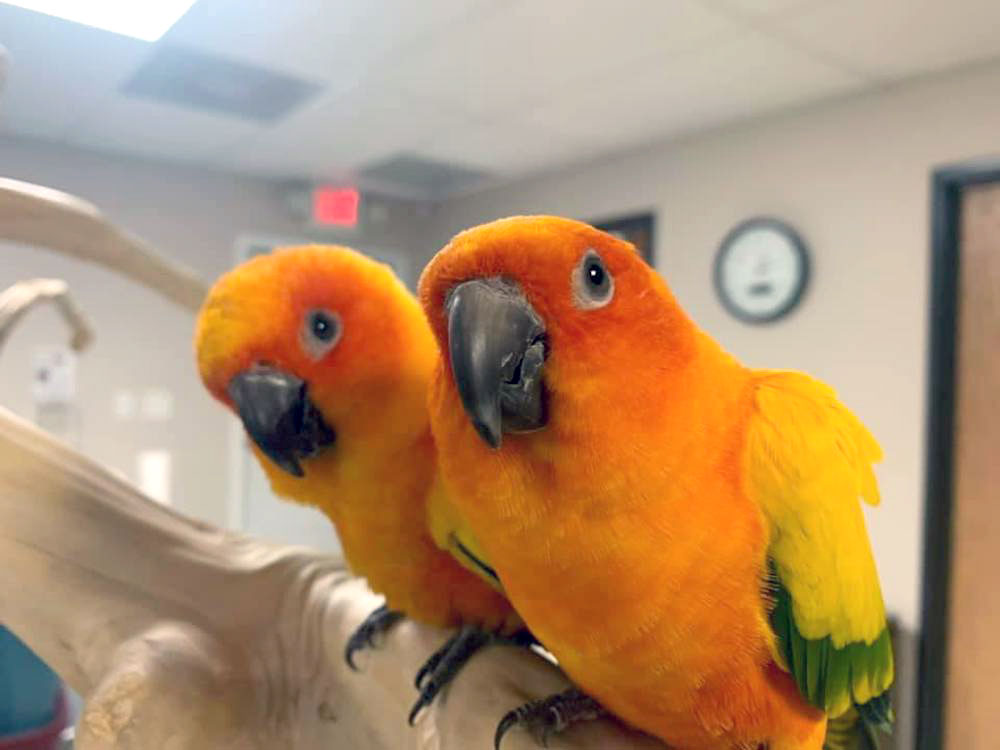
Researchers from the Harte Research Institute for Gulf of Mexico Studies at Texas A&M University-Corpus Christi, test the waters of the Gulf of Mexico along the Coastal Bend. Findings will become part of the largest ever Gulf of Mexico database for use by resources managers, decision-makers and the public. Courtesy Photo
Fines paid by BP Oil after the 2010 Gulf of Mexico oil spill will help pay for local researchers to assess environmental restorations so far. Almost $400,000 has been awarded to the Harte Research Institute for Gulf of Mexico Studies at Texas A&M University-Corpus Christi. A three-day Eco-Health Metrics Workshop kicked off March 9 to develop the framework for measuring the gulf’s wellbeing. The goal is to develop a report card that can be used by policy-makers, scientists and others to develop strategies to keep the gulf healthy.
The meeting is the first step in a two-year program. One of seven teams to divide up $2.7 million in award money from the Clean Water Act fines, Harte Research Institute has been asked to support the sustainability of the gulf’s ecosystem, including its fish population.
“We are excited about the opportunity to take the next steps in developing the tools to allow us to objectively assess the health of the Gulf of Mexico,” said HRI Executive Director Dr. Larry McKinney in a press release. “As we invest literally billions of dollars in restoration, we must have the means to assess how well we are doing, and this project lays the foundation to do that.”
Six co-investigators will work over the next two years to identify ways to measure the overall health of the gulf’s ecosystem. Ecosystem services are benefits residents gain from the environment, including recreational activities like fishing and surfing to the pure personal enjoyment derived from living on the coast.
Public surveys can evaluate how the health of the Gulf of Mexico is tied to human well-being. That information will be used to support ongoing restoration and protection projects. Methods will be tested at the Mission-Aransas National Estuarine Research Reserve 30 miles northeast of Corpus Christi in the Aransas Bay complex. Mission-Aransas is part of the University of Texas system.





